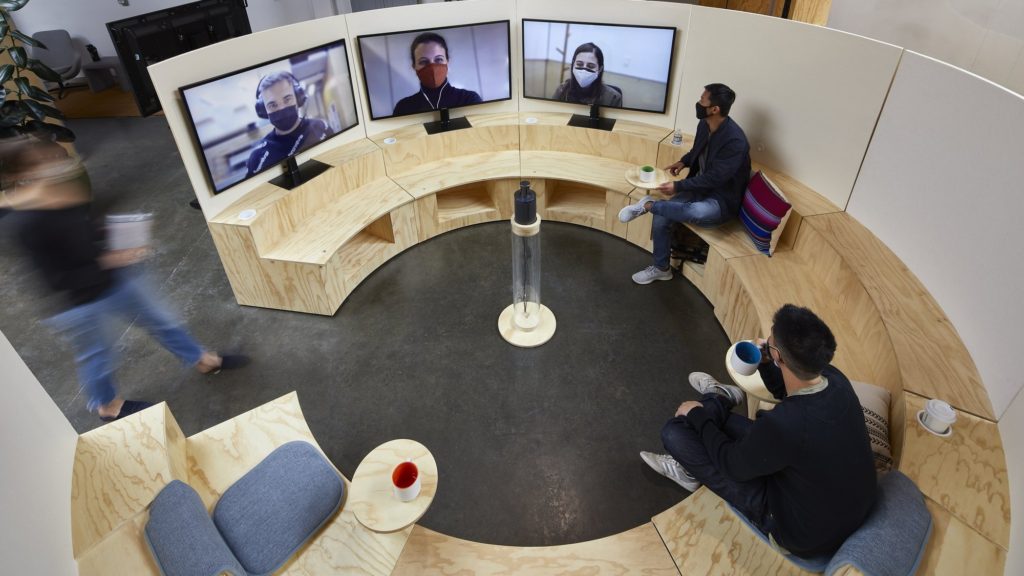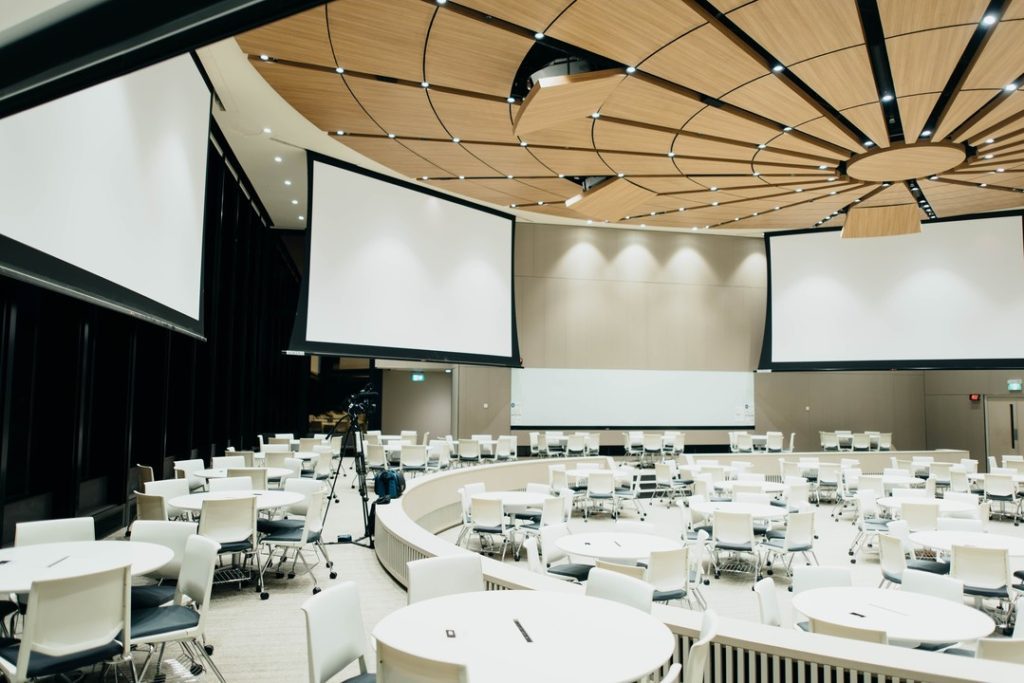As society and the economy reopens, a great deal of focus has been on what this means for office workers. It could be argued that the folks who took their laptops home and set up a video-friendly workspace somewhere in their house are not the same people now considering returning to the office full-time. For many, the experience has changed their value system and their sense of work-life balance.
This means management and operations administrators need to look at the workspace differently. We increasingly hear about a “hybrid” model; some combination of time in the office and work-from-home, or even work-from-wherever. Any company looking at adopting something other than their old pre-pandemic workstyle will need to determine if they have the right technology — deployed in the right way — to make that style work.
The Why and The How
A recent study by the workplace consultancy Leesman found that an overwhelming majority (83%) of workers felt more productive working from home. But that doesn’t mean they were happier. The same study found that 55% wanted more social interaction, and 66% missed learning from colleagues. The net is that most staff would like some combination of time at home and in the office.
While management necessarily wants to keep employees happy and productive, they need to plan and provision for business – and do it profitably. This falls to the technology that allowed work-from-home to be so viable. In combination with high-speed Internet access, video-conferencing apps and IP telephony created virtual offices from dozens, hundreds, or even thousands of locations.
A hybrid model depends on more adaptive uses of this same technology. A company can’t provision two workspaces for each staff. That means the office needs to rely on shared resources easily (and hygienically) accessed and activated. Touchless controls and hot-swappable connections to AV resources are critical.
Hybrid Means No One Right Way
How many, what kind, placement, and the policies for use are all strategic decisions that must flow out of the hybrid model you’re adopting. And even the biggest tech companies in the world are still trying to figure out what works best. Apple wants to eventually have everybody back in their $5B HQ at least some of the time. Google is practically crowd-sourcing scenarios among its staff, letting them experiment with schedules and locations.
Not surprisingly, this more adaptive approach relies on a range of technologies, including innovative uses of AV. Video conferences include individual near-life-size displays for each remote participant. Hot desks have digital picture frames so personnel can work under the gaze of family photos wherever they land for the day.
While some of this may sound frivolous, the intent is serious. Our entire economy has just undergone a forced social experiment that revealed there might be better ways for some companies to get work done.
Now there is a new phase of experimentation underway. This is where companies find out what combination of policies and technologies will help them attract and retain the people they want and empower the work they need. It is improbable that only one hybrid model will emerge. Instead, each company must find what works best for its employees and its customers.
Needless to say, if you have an idea you want to bounce off a technology expert, give us a call. Now more than ever, WE GOT YOU.



